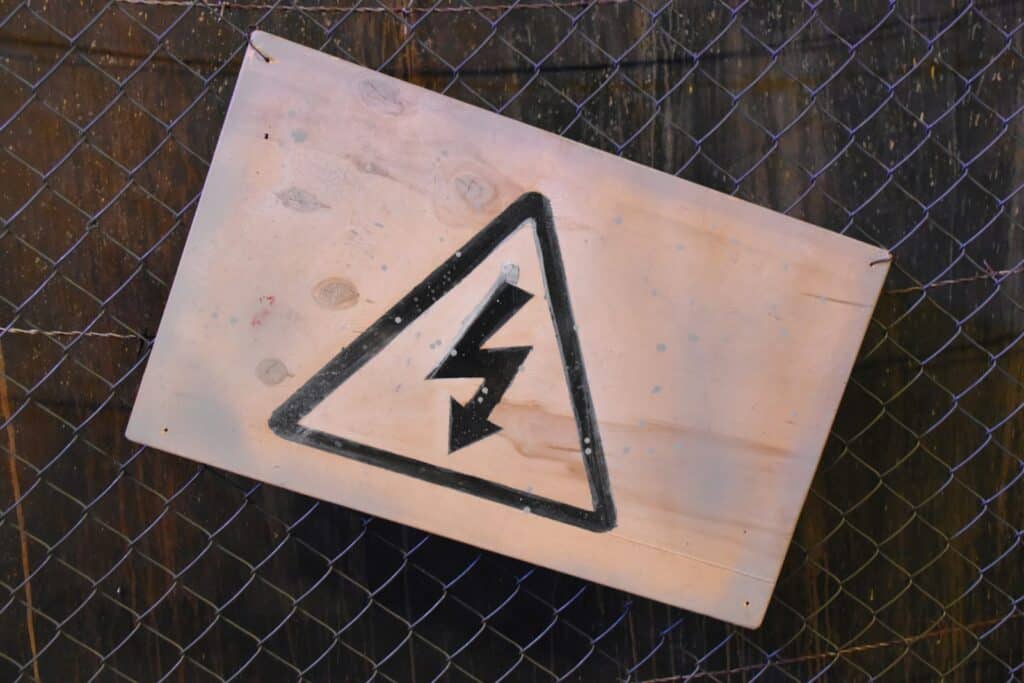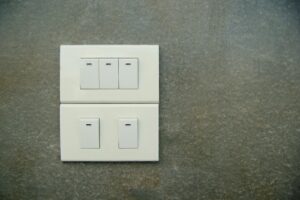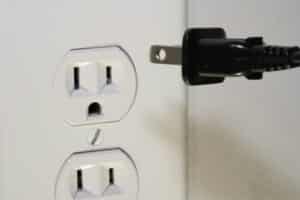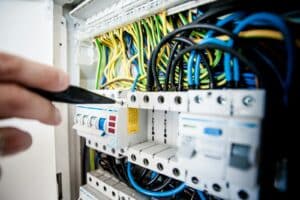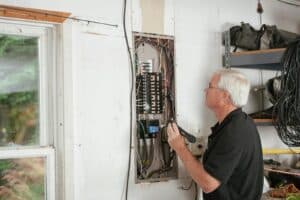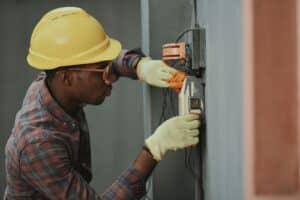Learn how to identify an electrical emergency quickly so you can act fast, protect your household, and minimise potential damage. Understanding early warning signs allows you to isolate hazards safely and call the right professional help before issues escalate. This guide explains what to look for, what actions to take, and how to stay safe until an emergency electrician arrives.
Steps On How To Identify an Electrical Emergency
1. Recognise Urgent Warning Signs
Watch for burning smells from outlets, visible sparks, or buzzing and humming sounds from your switchboard. Repeatedly tripping breakers, flickering lights on multiple circuits, or hot power points all signal serious faults. These symptoms mean an immediate electrical inspection is needed.
2. Check for Water and Electricity Contact
If flooding, roof leaks, or wet switchboards are present, treat the situation as an electrical emergency. Water is a powerful conductor and increases shock risk dramatically. Keep everyone away from wet areas and never touch switches or appliances until cleared by an electrician.
3. Watch for Shock or Tingle Sensations
Even a mild shock or “tingle” from taps, metal surfaces, or appliances indicates a dangerous earthing problem. Stop using the equipment immediately and restrict access to the area. Report these symptoms right away to an emergency electrician to prevent further risk.
4. Isolate the Affected Circuit Safely
If it’s safe to do so, turn off the relevant circuit breaker or residual current device (RCD) to cut power to the affected area. If you’re unsure which circuit is faulty, switch off the main isolator entirely. Avoid touching wiring, removing covers, or opening sealed panels.
5. Decide on Next Steps
If you notice smoke, flames, or someone has been shocked, call emergency services first before anything else. For other urgent electrical faults, contact a licensed emergency electrician and clearly describe what you’ve observed. Keep the area clear and wait for professional assistance.
Pro Tip: When you identify an electrical emergency, record short videos or take photos of symptoms—like tripping breakers, flickering lights, or arcing sounds—from a safe distance. Sharing this with your electrician helps them diagnose the issue faster and arrive prepared with the right tools.

